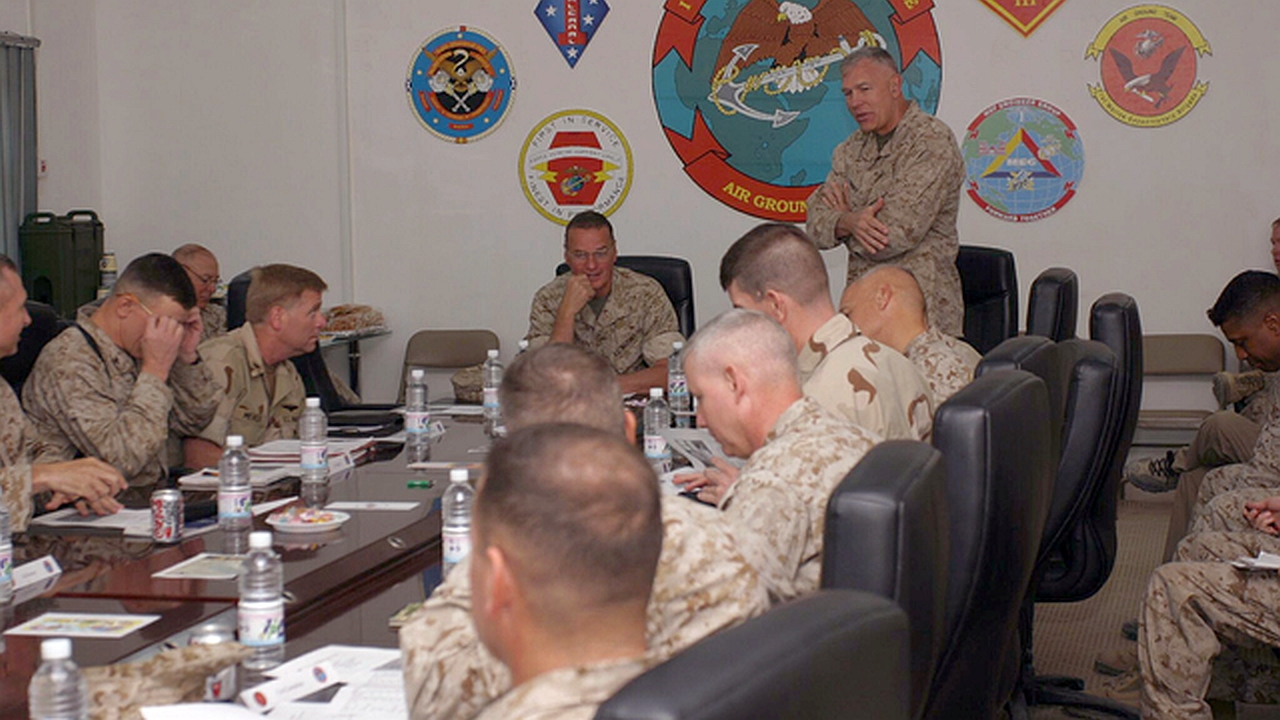
Organization Management Rhythm (part 6.4): Tools – Staff-Utilization Matrix
This article is part 6.4 of a series of articles on Organization Management Rhythm.
The purpose of the Staff-Utilization Matrix is to illustrate the staffing requirements for the meetings executed by the staff in support of the organization’s decision cycle and their shared understanding. Once populated, the Staff-Utilization Matrix provides insight into staffing requirements for the senior staff and can help influence development of a joint staffing document. It also identifies high demand/low density staff sections which might be overtaxed by the current number of events they are required to participate in. Finally, the Organization Management Rhythm Manager (OMRM) uses the Staff-Utilization Matrix when considering new Organization Management Rhythm events or event requirements to examine the impact of proposed changes from a staffing perspective.
The Staff-Utilization Matrix is oriented in the following manner. Individual meetings are listed horizontally across the column headings at the top of the sheet. Below the event names are other fields containing key administrative information related to each meeting. The status of the 7-Minute Drill, in terms of its accuracy and currency, is reflected by a color-coding sequence in the row labeled “7-Min Drill.” Red indicates the 7-Minute Drill is out-of-date and requires updating. Yellow indicates the 7-Minute Drill is out of date and is in the process of being modified. Green indicates the 7-Minute Drill information is accurate and relevant.
Examples of factors which determine the accuracy and currency of the 7-Minute Drills include changes in information exchange requirements (IERs), event membership, event facilitator, etc. Similar to the other Organization Management Rhythm tools, the events are color coded to denote whether they are senior staff group touch-points or if they belong to one of the three typical critical paths (Operations, Plans, or Man-Train-Equip (MTE)).
Vertically down the left side, each row of the Staff-Utilization Matrix lists the staff components including the senior staff, special staff, staff directorates, components, and contractors. It is important to include outside organizations in the Staff-Utilization Matrix as it helps define the supporting roles for the conduct of meetings among different staffs. .

Next part (part 6.5): Tools – Time-Space Matrix.
Acknowledgements: Thank you to Tomi Antill, Keith Davis, Elise Keith from Lucid Meetings, JFHQ-C Leadership, and Kendra Albright from Kent State University, without whose support this series would not have been possible.
Header image source: U.S. National Archives, Public Domain.
Reference:
- Turner, J. A., & Williams, D. E. (2020, October 1). JECC KM Practitioners Training. https://www.jecc.mil/Training/JECC-KM-Practitioners-Training/ ↩





